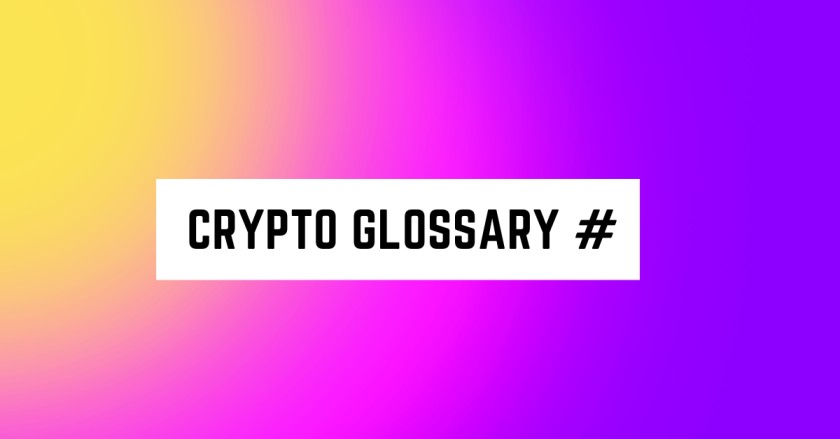Learn all of the most important blockchain and cryptocurrency terms and jargon here.
0x
The 0x protocol is an open standard for building decentralized exchanges (DEX) on the Ethereum blockchain. Released in 2018, 0x enables developers to include P2P (peer-to-peer) digital asset exchange platforms and distributed applications (dApps). 0x’s original token is ZRX, which gives owners equity in managing the 0x platform.
1inch
The 1″ Liquidity Protocol is an Automated Market Maker (AMM) designed to increase liquidity and use virtual balances to reduce permanent losses. Users benefit from offering tokens as liquidity on the 1″ platform through a process called liquidity mining – where traders offer assets such as Ether (ETH) to a specific pool, locks it in and earns the initial 1″ 1″ token. according to the base rate. This model is similar to Uniswap’s original tokens, such as UNI, and encourages community-based liquidity.
1hr
Stands for data for the past 1 hour.
24hr
Stands for data for the past 24 hours.
30d
Means data from the last 30 days.
52-Week High/Low
52-Week High and Low is the highest and lowest market price for a given asset over a 52-week or one-year period. 52-Week Range
52-Week Range
The difference between the highest and lowest price of an asset over the last 52 weeks. 7d Means data for the last 7 days.
80/20 Rule
The 80/20 Rule, commonly known as the Pareto Principle, states that 20% of your actions are responsible for 80% of your results.
51% Attack
A 51% attack is a scenario where more than 50% of the nodes in a blockchain network are controlled by a single group. In this situation, the network consensus may no longer be decentralized enough to be feasible, leaving the blockchain open to manipulation. Attackers with more than 50% control of the blockchain may be able to stop, reverse and copy new transactions, which is a disastrous condition for any blockchain. In particular, a 51% attack becomes more difficult and expensive as the network grows larger, more decentralized and more valuable.
3D Model Rendering
3D modeling is the process of creating a virtual image or animation using various digital textures, colors and lighting programs. The modeling process uses data points to represent objects in three-dimensional space, which are then converted from 3D models into 2D images through a computationally heavy process.

Naren is a finance graduate who is passionate about cryptocurrency and blockchain technology. He demonstrates his expertise in these subjects by writing for cryptoetf.in. Thanks to his finance background, he is able to write effectively about cryptocurrency.
